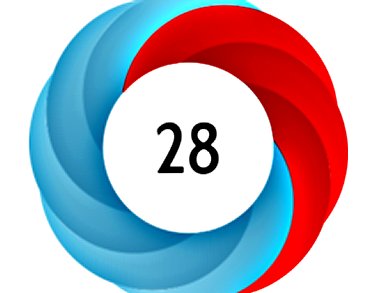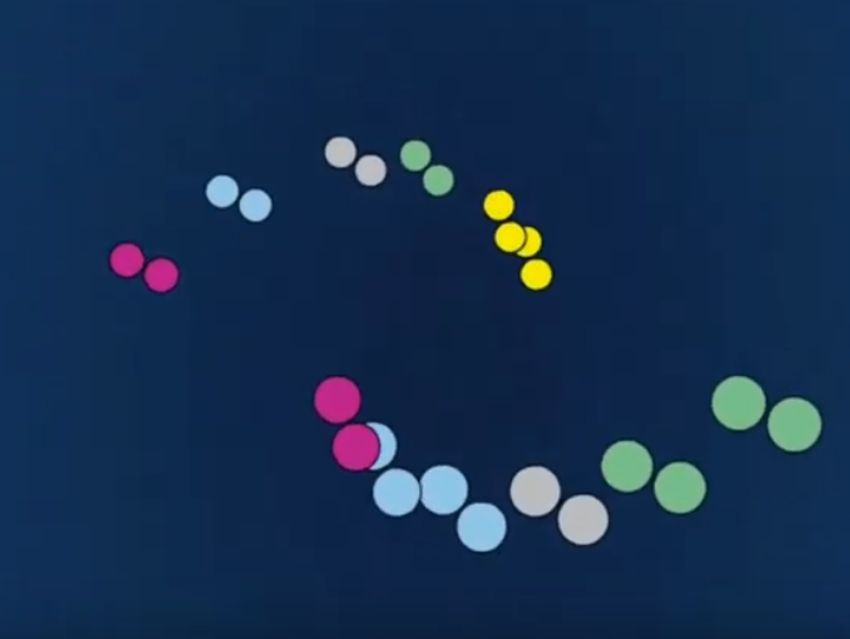New Services
Scientific communication is increasingly taking place via the internet. Journal articles are shared on social media, personal views are published as blog posts, and findings are discussed in Internet forums and introduced in videos. To measure the impact and reach of an individual article in traditional and social media, alternative metrics or “altmetrics” track the online activity and discussions on social media such as Twitter and Facebook, in the mainstream media such as newspapers and magazines, like ChemViews Magazine, and from online reference managers such as Mendeley and CiteULike.
Providers like Altmetric, CitedIn, ImpactStory, PLoS Article-Level Metrics application, Plum Analytics, ReaderMeter, and Science Card track the altmetrics of journal articles and also of other media like blog posts, videos, and presentations.
Several publishers, including BioMed Central, Elsevier, Frontiers, Nature Publishing Group, Public Library of Science, and Wiley, have implemented Altmetric to provide such information on journal articles to their readers. Altmetric – which belongs, like Nature Publishing Group, to MacMillan – displays a score for each article in a colored “donut” that indicates the quality and quantity of attention that the article has received. The score is updated hourly. It is based on the number of individuals mentioning the paper, where it was mentioned, and how often the author of each mention talks about the article.
Challenges
As with the impact factor, which measures the importance of a scientific journal by the number of citations to recent articles published in that journal, there is a clear need for altmetrics, but its usefulness is also controversial. Like with other metrics, self-citation/self-promotion, gaming, and other mechanisms may be used to boost one’s own impact. Furthermore, the media sources included and their weighting is a point of discussion.
For example, the most influential scientific publication in 2013, according to Altmetric, was an article on the cesium loading of Japanese freshwater fishes published in the journal Scientific Reports. It had very high resonance on Twitter, but was not covered much by the traditional media.
Challenges in general for alternative metrics are sometimes in the identification of a single article, since they might be referred to by their DOI or another url. The identification of authors is also not always easy. For sure, we will see further developments in the field of alternative metrics in the near future.
- Altmetric, London, UK
- Altmetric is now on board for all Wiley journals,
Graham Woodward,
Exchanges blog 2014.




